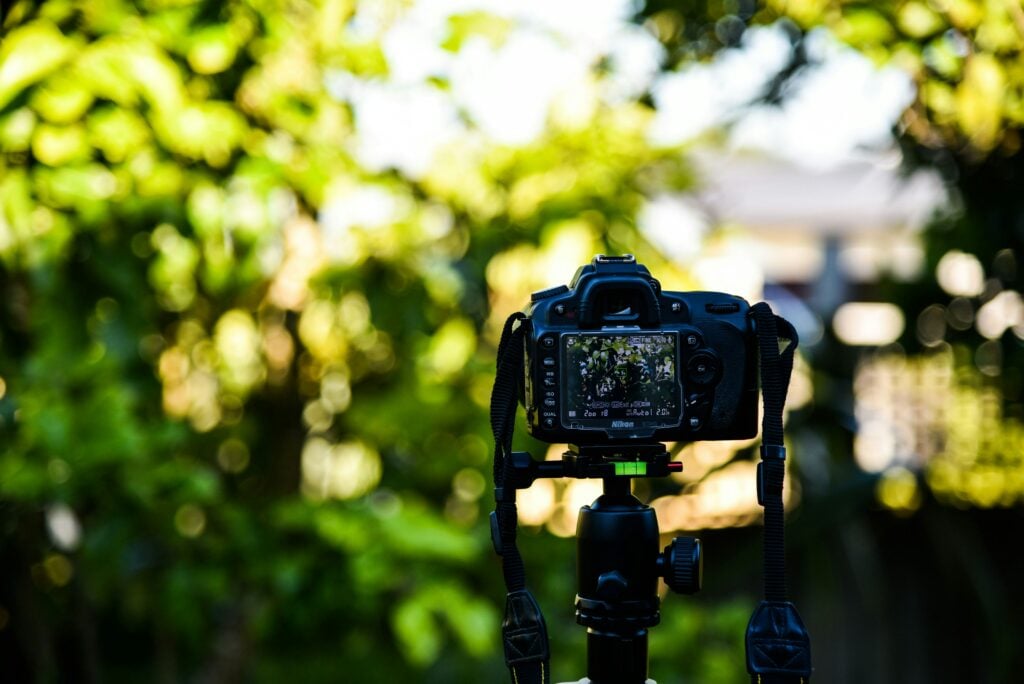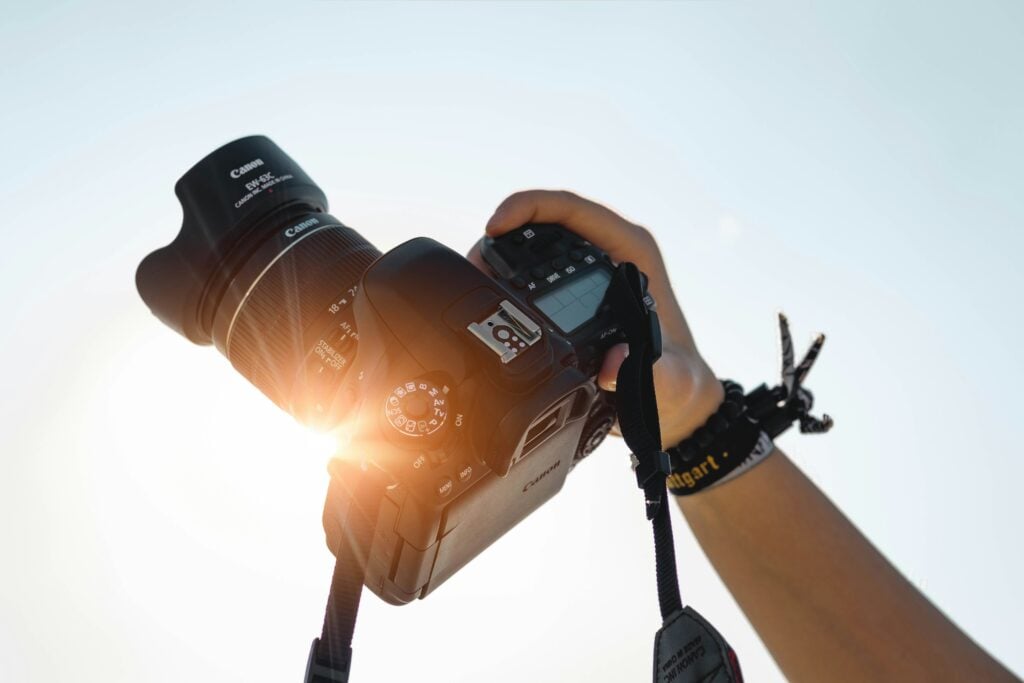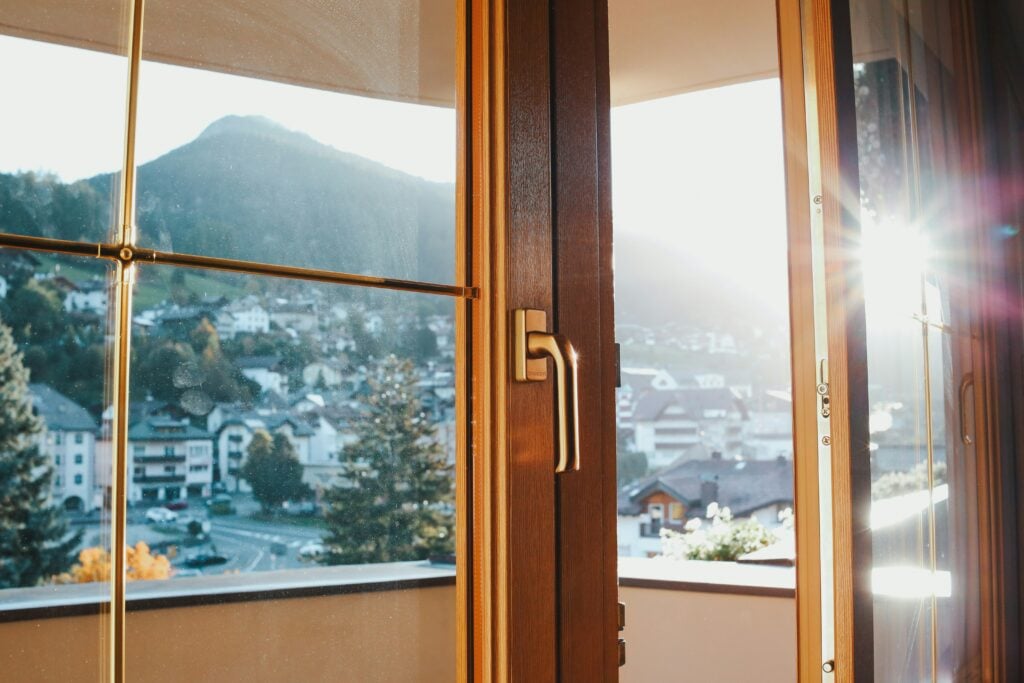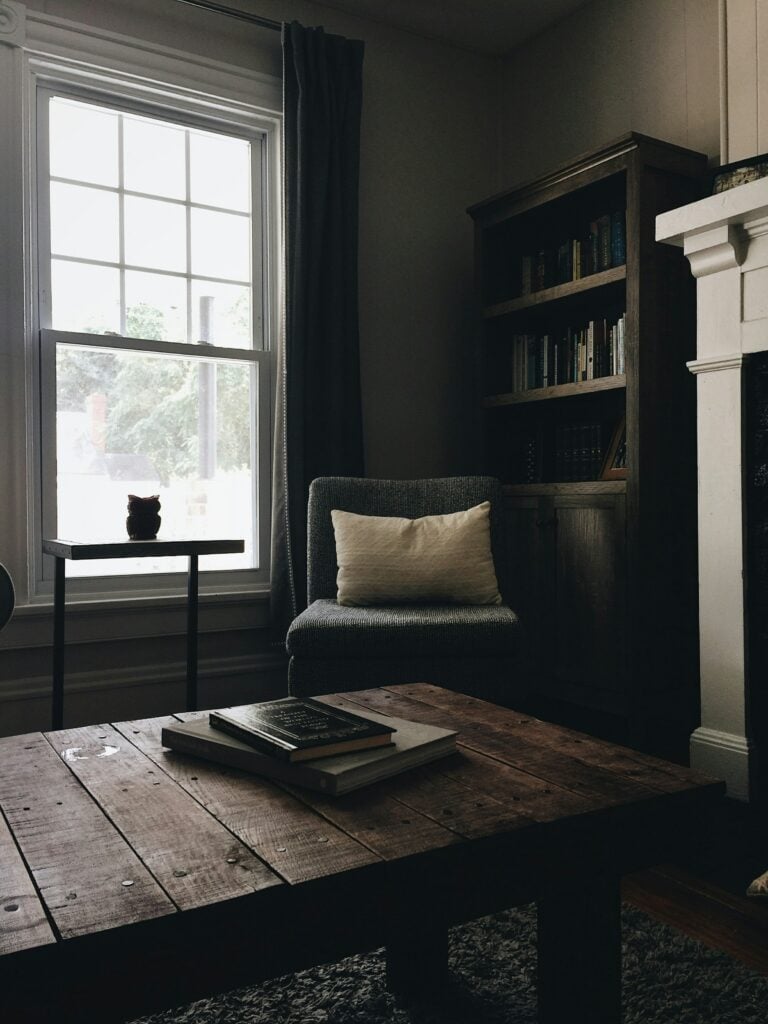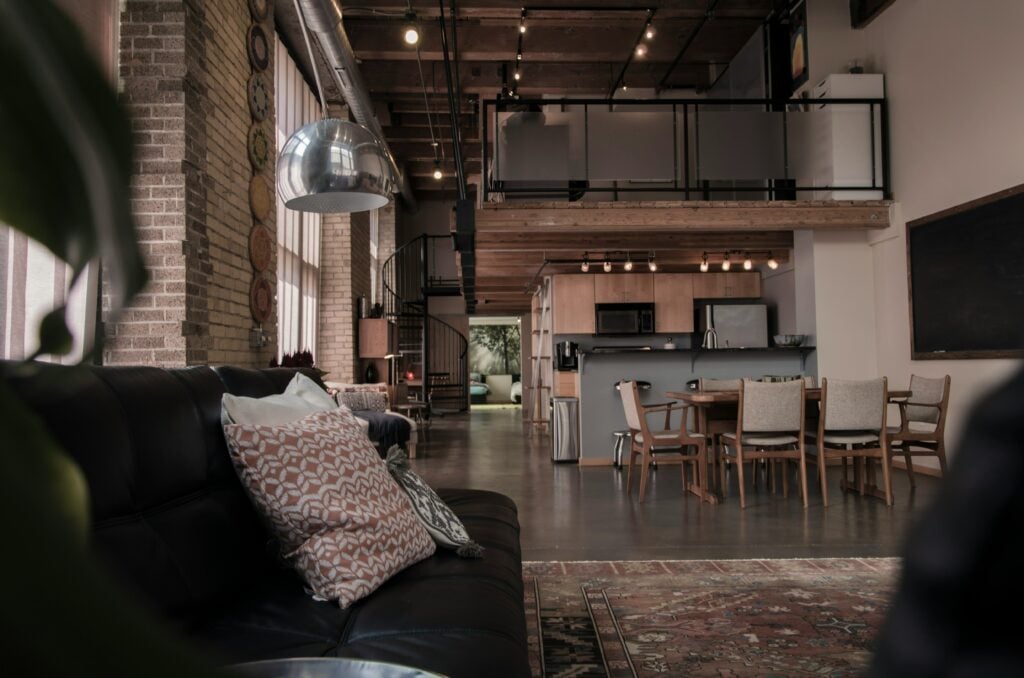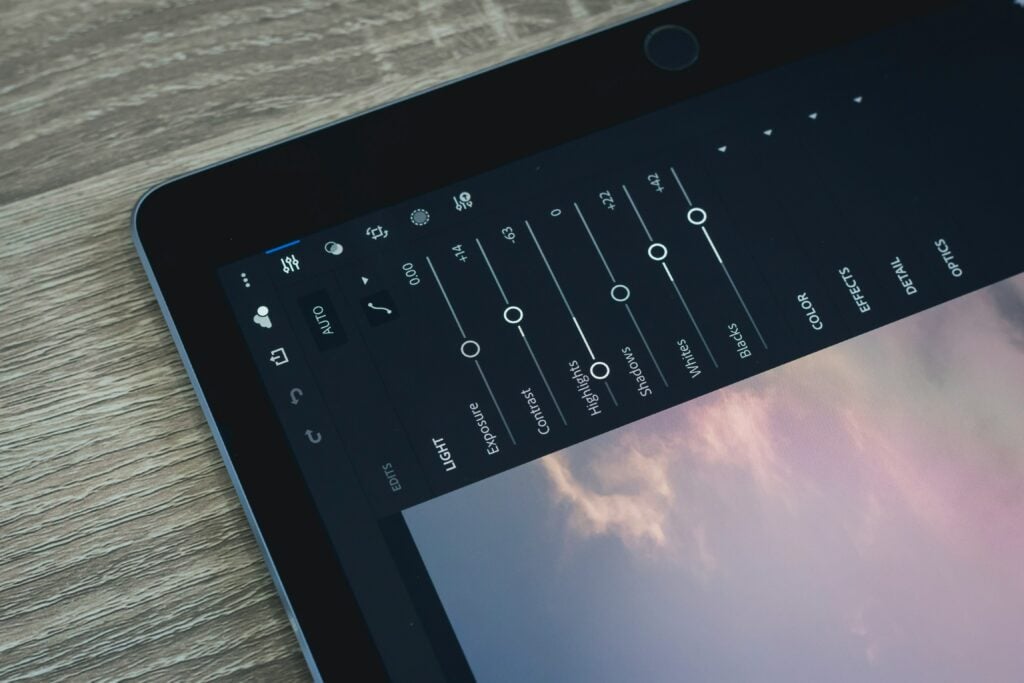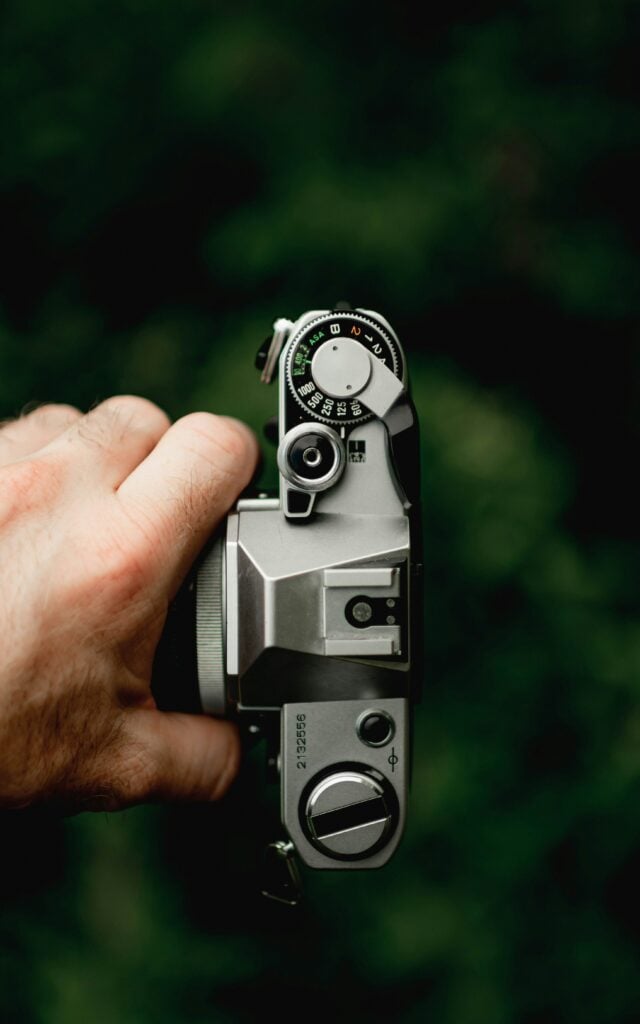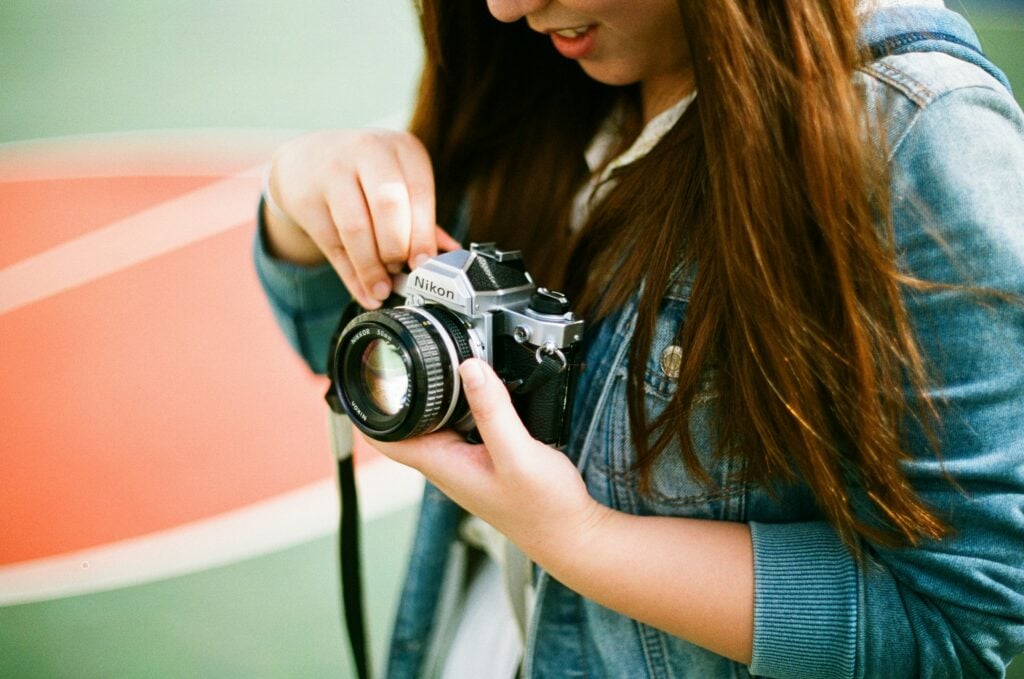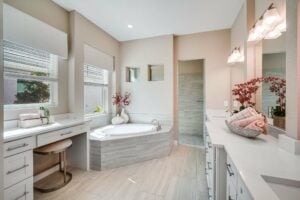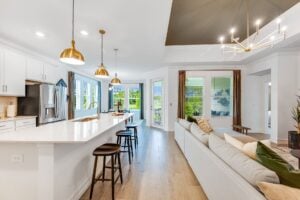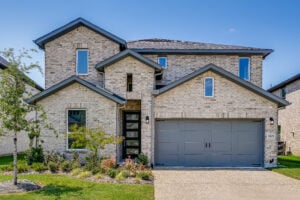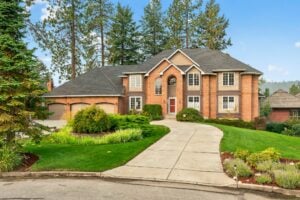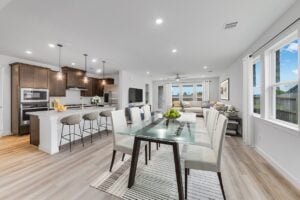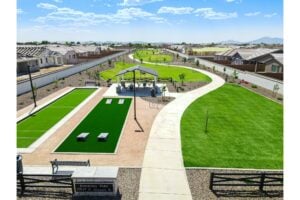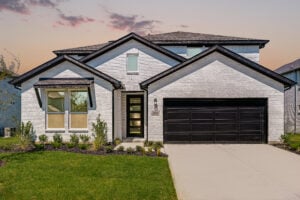In real estate photography, quality is everything. A great set of listing photos can attract potential buyers and help properties sell faster, while poor-quality images can turn them away in an instant. But what’s the biggest reason real estate photos get rejected?
If there’s one mistake that stands above the rest, it’s improper exposure. Whether the images are too dark, too bright, or unevenly lit, exposure issues can make a listing look unprofessional and unappealing. Here’s why this happens—and how to avoid it.
Why Exposure Matters in Real Estate Photography
Exposure affects how details, colors, and textures appear in photos, which, for online listings, can make all the difference in capturing a buyer’s interest. Buyers rely on listing photos to get an accurate feel for the property, and agents expect high-quality images that make a property appear warm and inviting.
When photos suffer from exposure problems, they can look dull, washed out, or even misleading—leading to quick rejections from realtors. And as the photographer, you risk not only disappointing your clients but also damaging your reputation.
Common Exposure Problems that Lead to Rejection
While distortion and poor framing are big red flags in real estate photography, improper exposure is often the mistake that leads to misleading first impressions. It can make rooms appear smaller than they actually are, distort colors, and wash out important details that buyers might miss.
Here are some of the most common exposure problems that lead to real estate photos rejections:
Overexposed Windows
In real estate, bright and airy spaces are always the goal. When shooting a property, your clients will expect well-lit, inviting images that showcase a home at its best. However, it’s easy for “light and bright” to turn to harsh glares and blown-out windows, making the space look unnatural and unbalanced.
Solution: Use HDR (High Dynamic Range) techniques, blending multiple exposures to capture both interior and exterior details.
Dark and Shadowy Interiors
Just as overexposed windows can wash out details, improper exposure can also create heavy shadows that make a space feel dark and uninviting. If a room is too dim, it can appear smaller, less welcoming, and less appealing to potential buyers. Poor lighting doesn’t just affect aesthetics—it can also obscure key details that buyers need to see, making the property seem less desirable.
Solution: Utilize a combination of natural light, off-camera flash, or light reflectors to brighten darker spaces while maintaining a natural feel.
Uneven Lighting Across a Room
A room with harsh contrasts—where one area is overly bright and another is in deep shadow—creates unprofessional and bad real estate photos. This issue is especially common in spaces with multiple light sources.
Solution: Adjust camera settings, use bounce flash, or apply exposure blending in post-processing to create a more balanced and evenly lit image.
Overly Processed Images
While post-processing can fix exposure problems, going overboard with brightness and contrast can make a space look artificial. Overedited photos may get rejected for misrepresenting the property.
Solution: Aim for a natural, well-balanced edit that enhances the space without making it look unrealistic.
How to Get Exposure Right Every Time
Getting exposure right every time requires a combination of technical knowledge, creative lighting, and post-processing skills. The good news is that exposure problems can be easily avoided with a few key practices that will set you up for success from the start. By understanding how light behaves and learning to adjust your settings, you can ensure that your photos capture every detail without losing quality.
Here are some methods to help you get the exposure just right every time:
- Shoot in RAW – Shooting in RAW format gives you far more flexibility in post-processing, allowing you to recover highlights, shadows, and fine-tune exposure with ease. Unlike JPEGs, which compress images and limit editing options, RAW files retain more image data, making them ideal for adjusting exposure levels without sacrificing quality.
- Use Bracketing – Exposure bracketing is a powerful technique where you capture multiple images of the same scene at different exposure levels. This technique is especially useful for high-contrast environments where the lighting difference between the interior and exterior is too great to capture in a single shot.
- Balance Flash and Natural Light – Achieving the right balance between flash and natural light can be tricky, but it’s essential for producing professional results. A flash can help fill in dark areas and balance out the shadows without overwhelming the natural light in the room. Experimenting with off-camera flash or bounce flash will give you more control over how light falls within the frame.
- Edit with Precision – Post-processing software like Lightroom and Photoshop is invaluable for fine-tuning exposure after the shoot. The key is to edit with precision—avoid overdoing it, as this can lead to unnatural-looking photos. Instead, make subtle adjustments that enhance the overall quality while retaining a realistic appearance.
Final thoughts on Why Real Estate Photos Get Rejected
Exposure issues are one of the #1 reason real estate photos get rejected, but they’re also one of the easiest to fix with the right techniques. By mastering lighting, bracketing, and post-processing, photographers can ensure their images meet professional standards and keep clients happy.
Have you ever had a photo rejected due to exposure issues? Visit our HomeJab blog for more expert tips and insights on perfecting your real estate photography.

